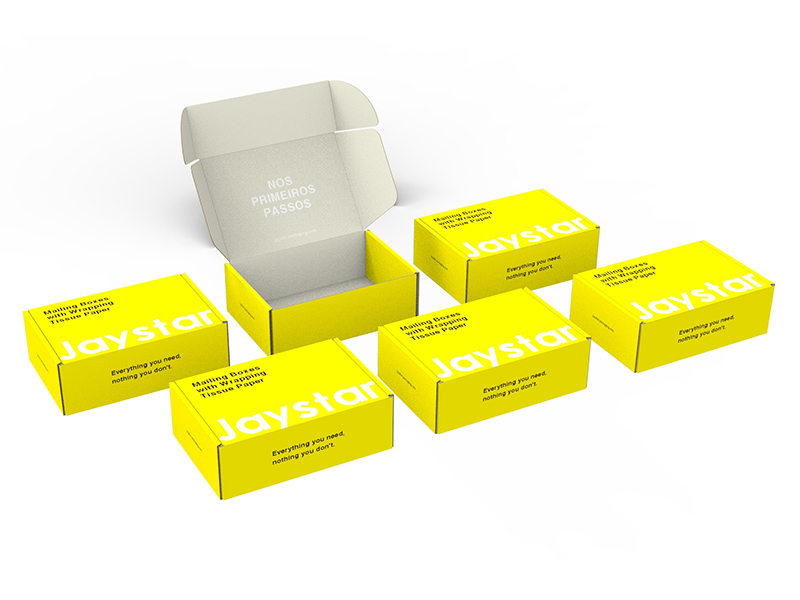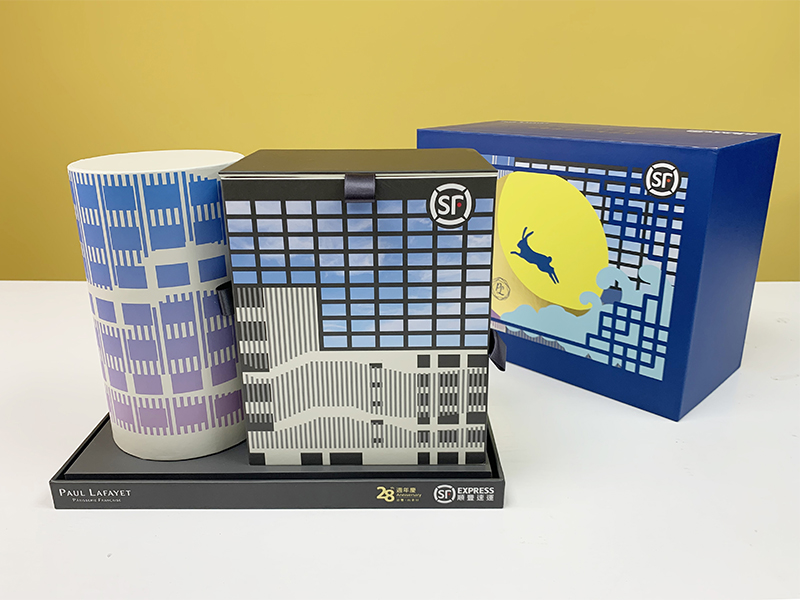Some companies processing returned televisions for retailers have gotten a surprise when opening the boxes—packaging filled with bricks rather than newly purchased TVs.
Others examining returned purchases of purported luxury goods are instead finding counterfeits sent in by customers looking for refunds on full-price, deluxe merchandise. Gift Boxes Printed

The tactics are part of what logistics experts say is a growing problem for retailers as the overall rate of returns surges. More of those goods are coming back as fraudulent returns, retailers say, including merchandise that has been outright stolen or sent back using fake receipts.
The National Retail Federation estimates more than $100 billion in merchandise was returned fraudulently in the U.S. in 2023. That amounted to about 13.7% of the overall returned goods retailers received last year, more than twice the level of bogus returns in 2020, according to a report from the NRF, which noted its methodology changed in 2023 to include customer returns data from software provider Appriss Retail.
Shoppers this year are expected to return about 15% of merchandise purchased during the holiday season, valued at $148 billion, according to the NRF. Retailers anticipate nearly 17% of those returns will be fraudulent.
Fraudsters are looking to capitalize on policies such as free online returns that retailers rolled out over the past four years with the goal of attracting customers amid a pandemic-driven surge in e-commerce. Those policies have led to an increase in overall returned merchandise as consumers have become accustomed to ordering items online in several sizes and colors, then returning what they don’t want.
During the holidays, “stores typically have people that maybe are new or temporary seasonal hires, and they’re easier marks for criminals," said Alan Amling, a supply-chain professor at the University of Tennessee.
Industry experts say more people are trying to game the returns system, betting they will get a refund for mailing back a package as soon as the return shipping label is scanned by a parcel carrier, well before the retailer has confirmed the correct item is inside.
Some people are “sending back a box of bricks instead of a television set," said Tom Enright, an analyst with research firm Gartner, while others are returning a lower-priced item with a higher-priced product’s tag stuck to it.
Amena Ali, chief executive of returns-service provider Optoro, said some people ship counterfeit goods back to luxury retailers in the hopes they will be refunded before the item is identified as fake. The fraud “is definitely becoming more and more of a concern to retailers," Ali said.
Returned items are often shipped to a warehouse for processing, where an employee might not open the package to evaluate the item’s condition for several days.
The volume of fraudulent returns typically climbs in the weeks following the holiday shopping season as millions of customers return and exchange unwanted gifts. Busy stores and warehouses help provide cover for people seeking to take advantage of returns policies, industry experts say.
Retailers say they are coping with more shrink—an industry term that includes theft—in stores. Retailers including Target, Home Depot, Macy’s and Dick’s Sporting Goods have said they have experienced a rise in shoplifting over the past year, including by organized retail-crime rings stealing items in bulk.
The stolen merchandise might come back in the form of returns as criminals try to get cash or store credit for items passed off as purchased goods. About 44% of retailers surveyed by the NRF said they have had stolen merchandise returned within the past year. About 20% said they have experienced returns fraud from organized retail-crime groups.
The fraud happens on a smaller scale as well, industry experts say.
Customers send back clothes that were worn extensively, or products from a different retailer altogether, in hopes of a refund. Others report their order arrived damaged and request a refund without sending the merchandise back.
Retailers are looking to rein in these practices by encouraging shoppers to bring returns to stores where items can be examined on the spot and consumers who might be abusing returns policies can be tracked.
Thomas Borders, general manager of supply-chain solutions at Inmar Intelligence, a returns-service provider, said in-store returns seem to lead to “much, much, much lower fraud" than mail-in returns.
Returns-service provider Pollen Returns processes goods that customers leave on their doorsteps without a box or label, allowing employees to examine the merchandise before it is sent back to the seller. Christian Piller, the company’s chief commercial officer, said the practice seems to help cut down on people trying to pass off used goods as new for a refund.
If a Pollen Returns employee is supposed to pick up a new pair of loafers “and you put out your old New Balance shoes that you use to mow the lawn for five years—I don’t think most people are going to do that," Piller said. “You can’t conceal this inside of a box like you could for the traditional returns process."
Write to Liz Young at liz.young@wsj.com
Download the Mint app and read premium stories
Log in to our website to save your bookmarks. It'll just take a moment.
You are just one step away from creating your watchlist!
Oops! Looks like you have exceeded the limit to bookmark the image. Remove some to bookmark this image.
Your session has expired, please login again.
You are now subscribed to our newsletters. In case you can’t find any email from our side, please check the spam folder.

Brown Paper Bags For Packaging This is a subscriber only feature Subscribe Now to get daily updates on WhatsApp